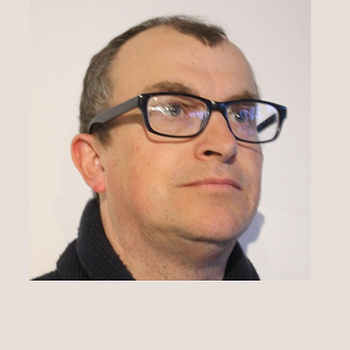Session 1: Nearly Zero Energy Buildings
Wednesday, 23 September 2020, 9:00 am
| Time (CEST) | Topic | Speaker |
|---|---|---|
| 9:00 am | Welcome |  Dieter Herz | Chair |
|
9:05 am |
Economical evaluation between PH and nearly Zero Energy buildings in Greece The evaluation showed that even in construction costs the MF Passive House is 18% cheaper than the NZEB one. The SF Passive House is also 8% cheaper than the NZEB one. At the same time PH performs 4 times better than the best house that can be delivered by national law and this without any performance gap. This makes PH the safest solution to achieve nZEB in Greece.
|
 Dimitris Pallantzas | Hellenic Passive House Institute
|
|
9:20 am |
A landmark for the community on the Adriatic coast: the Passivhaus MEGABOX office Megabox is an office building on the Adriatic coast, built with the aim at being pleasant and comfortable for the employees and a landmark for the community. The many challenges (orientation, thermal bridges, shading) have been overcome while using PHPP as a decision-making tool. It turned out that PH was the most economically convenient variant with no extra costs. |
 Francesco Nesi | ZEPHIR - Passivhaus Italia |
|
9:35 am |
Passivhaus Plus housing monitoring mediterranean climate R&ROLL HOUSES (ID:5978) have been the first ones to obtain the Passivhaus Plus certificate in the Spanish Mediterranean.
|
![Raquel Marcos López | ra[ ]el ARQUITECTURA Raquel Marcos López_400.jpg](../../../media/filer_public_thumbnails/filer_public/1c/f8/1cf8673c-c29f-4400-8038-c6717e93ac38/raquel_marcos_lopez_400.jpg__350x350_q85_crop_subsampling-2_upscale.jpg) Raquel Marcos López | ra[ ]el ARQUITECTURA |
| 9:50 am | Question and Answer | |
|
10:10 am |
An evolution of National nZEB standard using Passive House principles The evolution of nZEB definition in Romania is presented, starting with the first provision in the legal framework and set of performance indicators (2016) and describing the development of the new concept for nZEB as provided in the new proposed methodology for EPB calculation (under revision 2020). |
 Horia Petran | NIRD URBAN-INCERC |
| 10:25 am |
Cost optimal nZEB residential new builds To determine the nZEB standard, lifecycle costs are calculated for different shell qualities and combinations of building services using three reference buildings. This makes it possible to establish requirements for an nZEB, which are then compared with the Austrian nZEB definition.
|
 Thomas Roßkopf | Energieinstitut Vorarlberg |
|
10:40 am |
Mind the gap: nZEB and Passivhaus: An Irish perspective Ireland was an early adopter of Passive House with the first in 2005. Since this date the take-up of Passive Houses has fluctuated over the years due to the recession and this paper investigates whether the take-up of Passive Houses undertaking full Passivhaus certification is reducing due to the requirement of new houses to be Nearly Zero Energy Buildings (nZEB). |
 Mark Stephens | Mark Stephens Architects and Certified Passive House Consultants |
| 10:55 am | Question and Answer | |
|
|
Go to opening plenary
|



